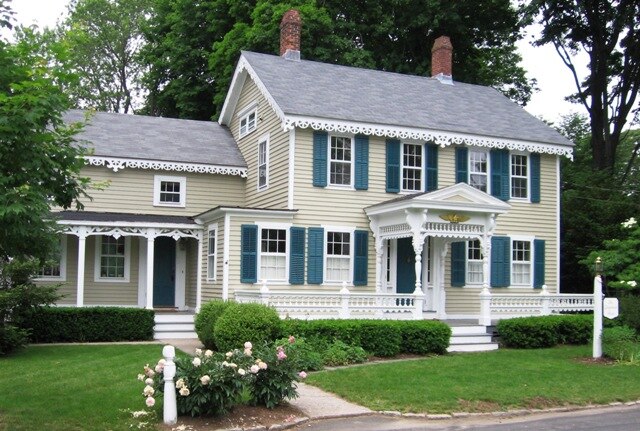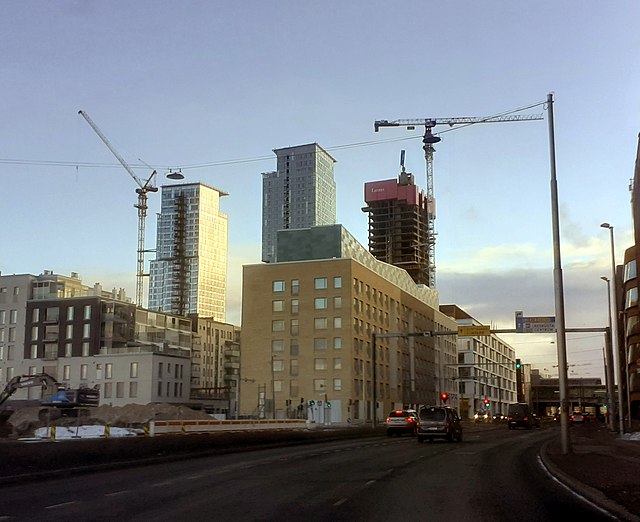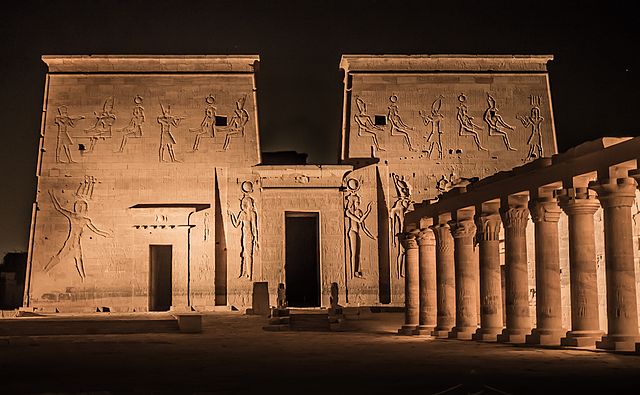A house is a single-unit residential building. It may range in complexity from a rudimentary hut to a complex structure of wood, masonry, concrete or other material, outfitted with plumbing, electrical, and heating, ventilation, and air conditioning systems. Houses use a range of different roofing systems to keep precipitation such as rain from getting into the dwelling space. Houses generally have doors or locks to secure the dwelling space and protect its inhabitants and contents from burglars or other trespassers. Most conventional modern houses in Western cultures will contain one or more bedrooms and bathrooms, a kitchen or cooking area, and a living room. A house may have a separate dining room, or the eating area may be integrated into the kitchen or another room. Some large houses in North America have a recreation room. In traditional agriculture-oriented societies, domestic animals such as chickens or larger livestock may share part of the house with humans.

Example of an early Victorian "Gingerbread House" in Connecticut, United States, built in 1855
Birdhouse made to look like a real house
Scale models of some Ancient Egyptian house, in the Louvre
Minoan house model, c. 1700-1675 BC, terracotta, in the Heraklion Archaeological Museum (Heraklion, Greece)
A building or edifice is an enclosed structure with a roof and walls, usually standing permanently in one place, such as a house or factory. Buildings come in a variety of sizes, shapes, and functions, and have been adapted throughout history for numerous factors, from building materials available, to weather conditions, land prices, ground conditions, specific uses, prestige, and aesthetic reasons. To better understand the concept, see Nonbuilding structure for contrast.
Skyscrapers under construction in Kalasatama, Helsinki, Finland (2021)
A timber-framed house in Marburg, Germany
Image: Ishtar gate in Pergamon museum in Berlin
Image: Philae temple at night








